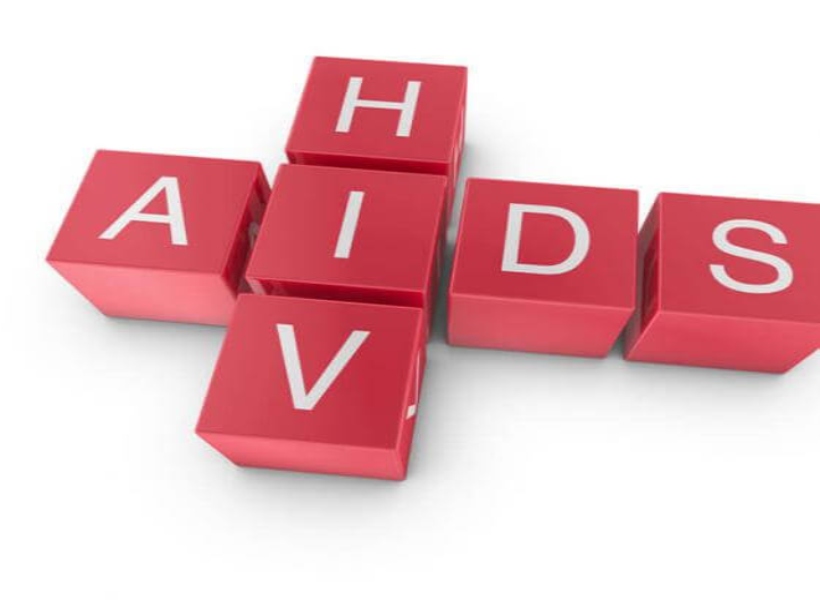The pace of progress in reducing new HIV infections, increasing access to treatment, and ending AIDS-related deaths is slowing down according to a new report released today by UNAIDS.
UNAIDS’ “Global AIDS Update, Communities at the centre” shows a mixed picture, with some countries making impressive gains while others are experiencing rises in new HIV infections and AIDS-related deaths.
“We urgently need increased political leadership to end AIDS,” said Gunilla Carlsson, UNAIDS Executive Director. “This starts with investing adequately and smartly, and by looking at what’s making some countries so successful. Ending AIDS is possible if we focus on people not diseases, create road maps for the people and locations being left behind, and take a human rights-based approach to reaching people most affected by HIV,” Carlsson added.
However, disconcertingly, the report shows that the gap between resource needs and resource availability is widening.
For the first time, the global resources available for the AIDS response declined significantly by nearly US$ 1B as donors disbursed less and domestic investments did not grow fast enough to compensate for inflation. In 2018, US$19B (in constant 2016 dollars) was available for the AIDS response, US$7.2B short of the estimated US$26.2B needed by 2020, the report shows.
But to continue progress towards ending AIDS, UNAIDS urges all partners to step up action and invest in the response, including by fully funding the Global Fund to Fight AIDS, Tuberculosis and Malaria with at least US$14B at its replenishment in October and through increasing bilateral and domestic funding for HIV.













